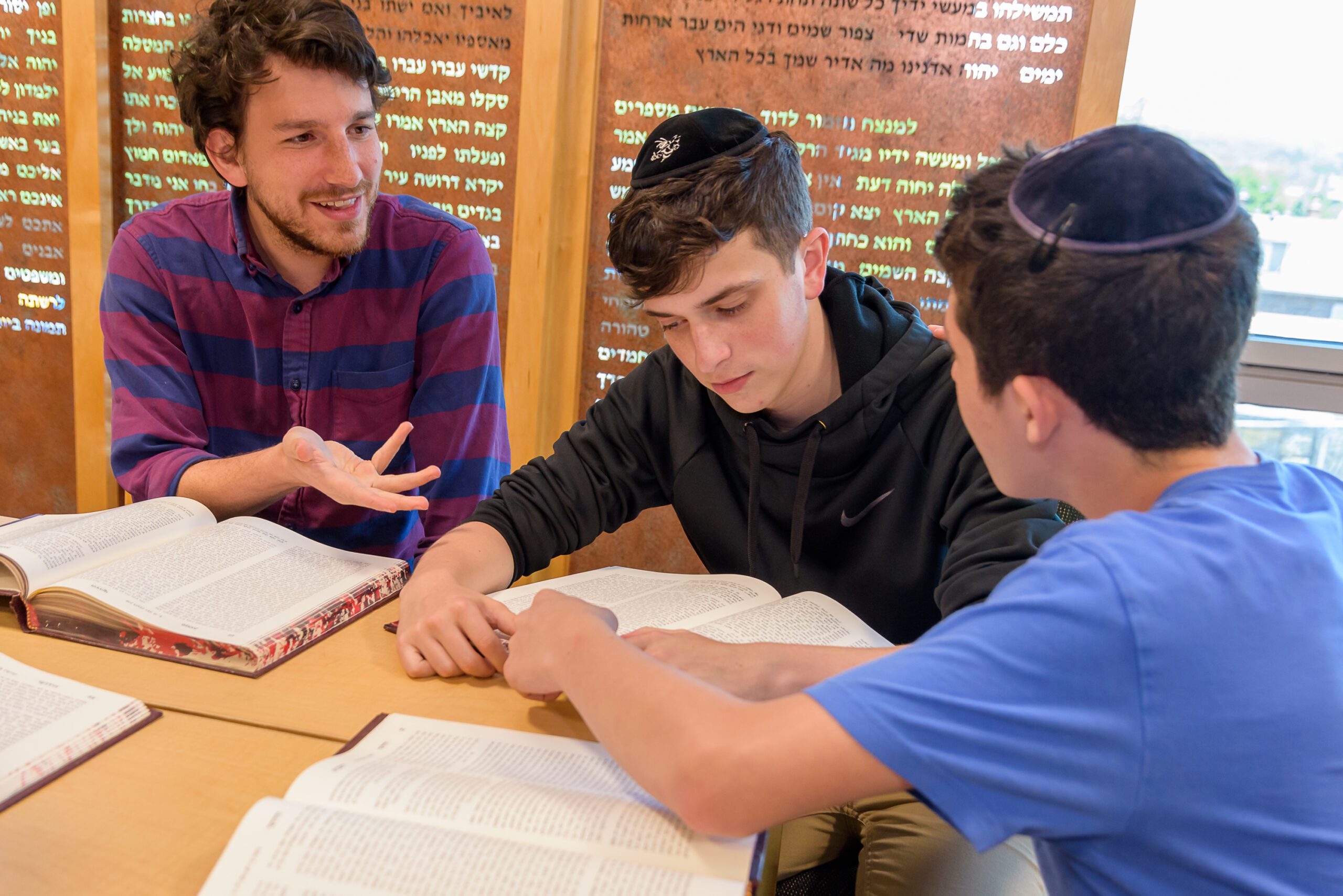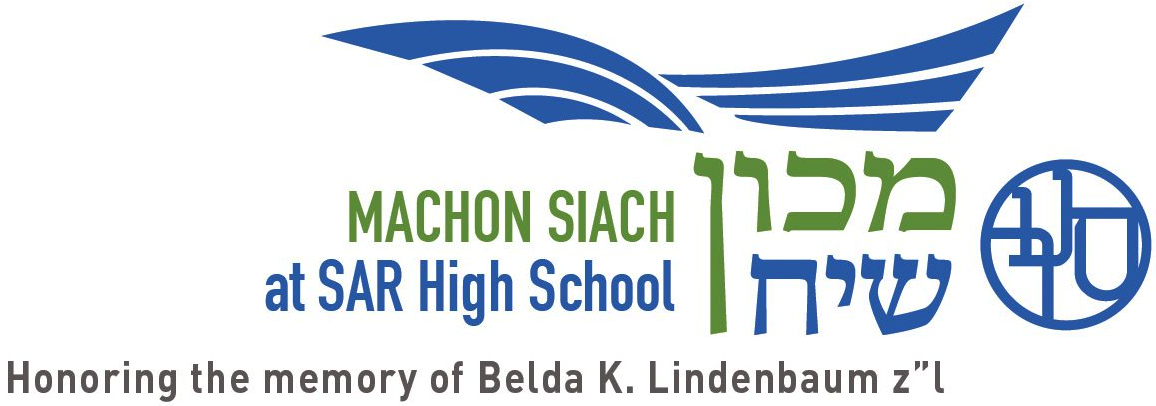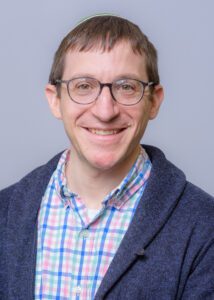
Rethinking Ivrit b’Ivrit in the Classroom
When I first sat down to write this article, I toyed with the idea of composing it in Hebrew. After all, when considering the value of teaching Judaic Studies in Hebrew, why not use the language under discussion? Yet, for some of the reasons I will articulate below, I made the obvious choice to write in English.
One hallmark of many Modern Orthodox schools is the emphasis on learning Ivrit b’Ivrit. But language has so many nuances: the words we use to describe these subjects include Judaic Studies, limudei kodesh, Hebrew, and Ivrit. Each conveys a different perspective of the subject at hand. For instance, we often refer to Talmud as a “Hebrew subject” despite the fact that its language of focus is Aramaic and not Hebrew. We place a value on Hebrew even when we are not using the language itself.
Over the past decade, I have taught Hebrew texts and grammar in a number of institutions. My students have ranged from those with severe learning difficulties to advanced graduate students and included highly motivated learners and those just eking by. I have taught students encountering Hebrew for the first time and those who have been in an Ivrit b’ivrit environment their entire academic lives. Through all of these situations, I have had a lot of time to think about the merits and disadvantages of teaching and learning Ivrit b’Ivrit.
There are legitimate arguments about why this approach to Judaic Studies should be embraced as well as why it should be viewed with suspicion and, perhaps, abandoned. While I have no firm data beyond countless conversations on the topic (though I would certainly welcome a study of students’ experiences), my thinking on the issue has shifted over time.
Language can be used as a marker of identity and values. It is not merely a medium to convey thoughts and feelings; rather, the choice of a particular language in a specific setting can send a message. At high schools like SAR, teaching in Hebrew sends the message that this language has religious and nationalistic value. The immersive experience of teaching Judaic Studies in Hebrew connects students to the Jewish State and to centuries of Jewish tradition.
An immersive environment also helps with language retention. Having students read, speak, and write in Hebrew strengthens their facility with the language. As many of our students choose to spend a gap year (or more) learning in Israel, these skills are particularly valuable.
Yet, teaching and learning in Hebrew poses many challenges in today’s Jewish high schools. The first is that teachers and students often fall short of their idealistic goals. Sure, if everyone is constantly working on their Hebrew skills, both students and teachers can become more proficient. At the same time, shortcuts can circumvent achievement. Assignments are often written using Google Translate, and both teachers and students often rely on the same basic vocabulary, which may not be regularly utilized in modern Hebrew.
Secondly, students who struggle with Hebrew find themselves at a disadvantage. Some students who would otherwise participate in classroom discussions are consigned to the sidelines. Alternatively, these students may revert to speaking English, thereby minimizing the benefits of an all-Hebrew environment. Ivrit is often used as a gatekeeper, distinguishing higher level classes from lower level ones; students with strong analytical and conceptual skills but difficulties with language are faced with a hard choice. Do they struggle in a class taught in Hebrew or settle for a class that is less challenging both in content and language? Even when both the teacher and the students can conduct conversations in Hebrew, the level of discourse can become less sophisticated because of language impediments.
Finally, teaching Tanakh in Hebrew blurs the lines between biblical and modern Hebrew. While both share common roots (no pun intended), significant differences exist in both vocabulary and syntax. By not distinguishing between the two, we often fail to note these important differences and assume that they are closer than they are, which can lead to misreadings and mistranslation, undermining the learning to which we aspire.
Despite these obstacles, however, we can develop solutions without rethinking the entire enterprise of Ivrit b’Ivrit. The first two issues require greater collaboration between the disciplines of Ivrit and Tanakh. As Tanakh teachers, we need to pay closer attention to the Hebrew our students are using, both in their written and oral work, and make corrections as necessary. Writing and speaking continuously in broken Hebrew will not strengthen their skills, but working on their language as they advance their Tanakh study will.
Ivrit teachers can help students develop the vocabulary of learning in Hebrew. This requires an intentional focus on the words needed to communicate in Hebrew not just generally but specifically in the classroom. Many times, even in advanced classes, students express hesitancy before offering an opinion or asking a question, and they will often say “I don’t know how to say this in Hebrew; can I say it in English?” These students read Hebrew texts well and understand others’ speech but lack the vocabulary to converse about more sophisticated issues, such as literary structures or underlying assumptions. Additionally, every discipline has its own lexicon, and some useful terms are used more often in the study of Tanakh than, say, in Hebrew literature. Practicing this language of the classroom, both in writing and speech, will reinforce these skills. Further collaboration between the disciplines can help students and teachers grow in their use of Hebrew in the classroom.
Finally, I believe we need to make a concerted effort to distinguish between various dialects. In my Tanakh class, this would mean separating modern Hebrew from biblical. It is not enough for students to know a few features of biblical Hebrew (the most common one is vav hahipukh) or for teachers to note different meanings of the same words in biblical and modern Hebrew when they arise in context, although doing so is indeed important. Instead, focusing on the underlying syntax of Tanakh can help students develop the skills to better understand the text on their own.
As teachers of these essential subjects, we can also encourage students to discard their assumptions by introducing them to resources written for biblical Hebrew: lexicons, dictionaries, and grammars. We should consciously and intentionally focus on these distinctions whenever possible.
This rethinking of Ivrit b’Ivrit is not an easy task. Our Judaic Studies classes try to teach content, have robust discussions, inspire, and pique curiosity, all in a language that is not entirely familiar to everyone in the classroom. Balancing these tasks requires tremendous effort on the part of the teacher, but if we really want our students to develop their Hebrew skills and understand the value of Hebrew, doing so is a necessity. Not only will our students’ and teachers’ appreciation of and facility with Hebrew improve, but this endeavor will help foster greater collaboration among faculty members. As the Mishnah in Avot 5:23 states ׳לפום צערא אגרא׳ “according to the labor is the reward,” and in this case the reward will truly be great.hing; beyond that, the COVID-19 pandemic may have changed substance use habits. The results of the 2019 and 2020 surveys were essential to increasing our understanding of the choices our students make; the data from 2023, however, will be even more pertinent to addressing current realities.
For example, since the pandemic, has the use of alcohol consumption or other antisocial behaviors risen among our students? We hypothesize that, with the widespread legalization of online gambling, there has been heightened wagering on cell phones, significantly impacting our youth far beyond the familiar fantasy football leagues or March Madness brackets, and survey data will help us better understand our students’ lives and plan our programming around our students’ needs. The role of observant Judaism in a student’s life may have also been altered as a result of Covid-19, and the survey instrument we use adds religion-specific questions to the Prevention Needs Assessment Youth Survey. We are thankful that 16 Modern Orthodox high schools are partnering to offer this survey in February.
As the Talmud profoundly states in Shavuot 39a, “Kol yisrael arevim zeh bazeh;” all of Israel are responsible for one another. What better example to our youth can there be than a community-wide partnership to assist our teenagers in bonding with their parents and making healthy decisions?



